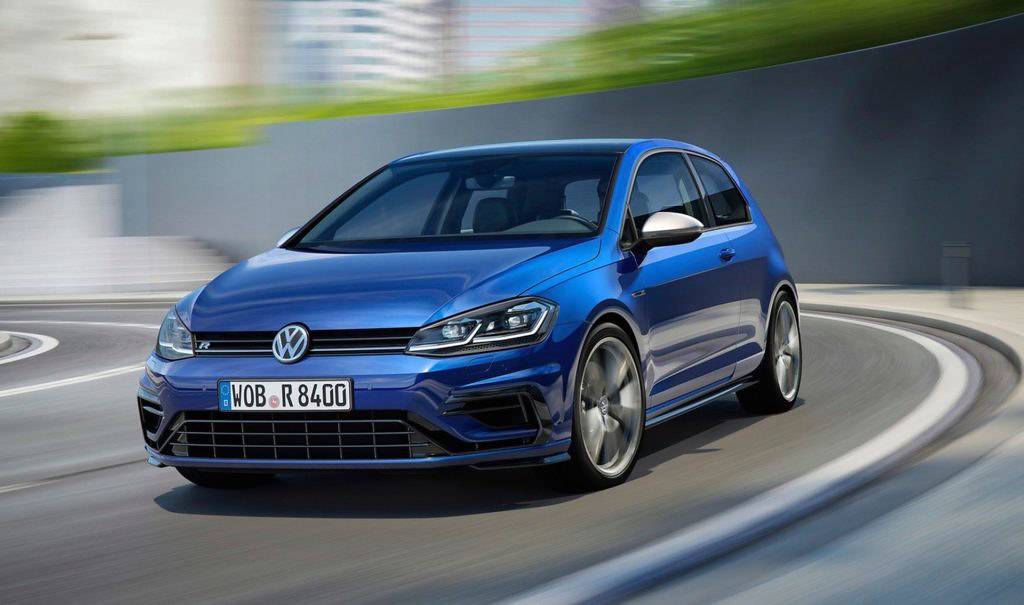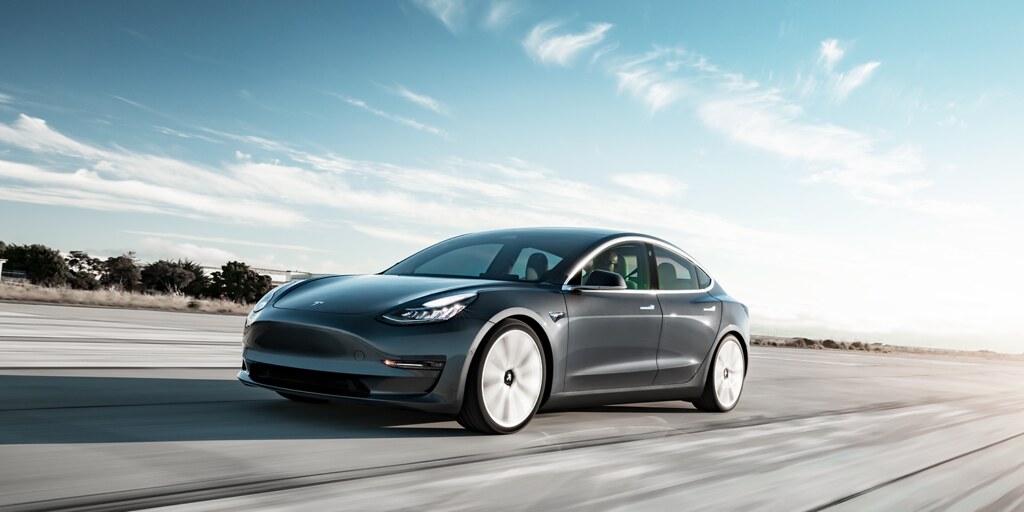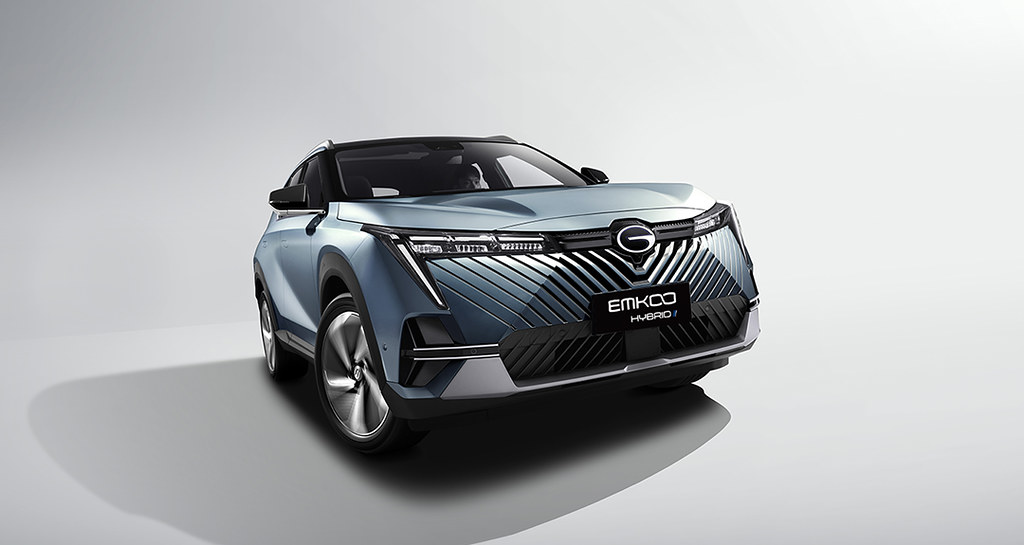(Largely) gone are the days of atrocious-looking electric vehicles—those that appealed to you only because your conscience begged you to like them. After all, anything that helps wean us from our addiction to fossil fuels must be good, right? Never judge an EV by its looks.
Thankfully though, it finally occurred to car designers that electrics needn’t have to wear a scarlet letter of ugliness despite their saintly emissions. That eureka moment, along with decreasing range anxiety and more affordable cost of ownership started to make EVs a realistic choice that buyers could bear to be seen in.
Speaking of, a study commissioned by Nissan last year revealed that Filipinos are among the most open to the idea of electric vehicles—at least among Southeast Asians. That’s a surprising revelation, given that we realistically have miles to go in terms of providing infrastructure and support system for EVs.
But to dream costs nothing, and these specimens below are already tangible ones—exemplars of electrics that do not look the part. Rather, they are attention getters for the right reason of good design. In some cases, they can actually melt in the background—nondescript vehicles which will undoubtedly impress your friends and family once they discover you are not affected by pump prices anymore, and that your carbon footprint has been slashed massively.
And, really, what’s sexier than that?
Audi e-tron
First seen in the Southeast Asian region (specifically in Singapore) in October last year, the Audi e-tron is the much-awaited battery-powered crossover that Car and Driver says combines the Ingolstadt-headquartered automaker’s “sophisticated mannerisms and ambitious engineering.” Audi proudly and consistently touts its “Vorsprung durch Technik (Being ahead through Technology)” proposition in this vehicle set for sale early this year (not in the Philippines, though) which marks the very first time the brand is rolling out a fully electric car.

You could mistake it for a regular ICE-powered SUV, which is good news because, well, green cars often have a bad rep for bad design. Size-wise, it slots between the Q5 and Q7. Motivating it is a lithium-ion battery pack delivering 95kWh to two electric motors at the front axle and at the rear. The e-tron accesses the system’s hefty 355hp and 561Nm (which in Sport mode briefly climbs to 402hp and 664Nm). Initial reviews describe the SUV as “swift and composed… (with) snappy acceleration typical of electric vehicles.” The anticipated range is 400 kilometers between recharging sessions.

Chevrolet Bolt EV
A five-door subcompact hatch driven by a front-mounted all-electric motor, the Chevrolet Bolt EV was developed and manufactured in partnership with LG Corporation, and considered a “benchmark for mainstream electric vehicles.” Its 383-kilometer range is made even more impressive considering its affordability relative to other EV models, with the inexpensive sticker price eventually finding expression in an interior that underwhelms reviewers. Still, the Bolt earns its place in a pantheon of sterling electrics as a “fun” everyday electric car that’s practical and surprisingly spacious as well.

Volkswagen e-Golf
For people who don’t want their cars to look like, well, electric cars, the Volkswagen e-Golf is a welcome proposition. Virtually indistinguishable from its subcompact sibling star.

For drivers with a “small travel radius or room for more than one car in the stable, the e-Golf will serve well.” Said to drive like other Golf as well, the deal breaker might be the lower range between electric top-ups (200 kilometers).

Still, there are enough bells and whistles to make it more premium despite the range. A 9.3-inch infotainment display, a Maneuver Braking feature “which applies the brakes in low-speed parking maneuvers if it senses an imminent collision with a stationary object,” dual-zone automatic climate control, six-way partially power-adjustable front seats, Apple CarPlay, and Android Auto are just some of the accoutrements.
Hyundai Ioniq
If the nameplate is familiar to you, it’s because Hyundai Asia Resources, Inc. (HARI) already introduced this vehicle in a past local motor show—albeit in hybrid form. But the South Korean giant also conscripted the same model for a pure EV and a plug-in hybrid. All three variants have been commended on their “fuel efficiency, likeable driving character, and, in the case of the EV model, usable electric range.”

The electric version’s 200-kilometer range is a little underwhelming compared to some of its competitors and it is said to be less perky from a standstill. Nonetheless, a well-construed interior and “gimmick-free exterior design” are welcome plusses.

Nissan Leaf
The world’s bestselling highway-capable electric vehicle (with global sales of 380,000 units as of December last year) is now on its second generation. The compact five-door hatchback first introduced in December 2010 boasts a single-charge range of 243 kilometers, with reports revealing this to grow to 363 kilometers by the first half of this year. Leaf unit sales grew by a remarkable 95 percent last year, driven by the all-new iteration.

At the heart of the standard Leaf is a 147hp electric motor, connected to a 40kWh battery. The Leaf e+ gets a 62kWh cell and peppier 215hp electric motor. Observers commend the interior space as being nicely appointed and ergonomically friendly with a decent rear cargo area.
Kia Niro
The Kia Niro has been mentioned in the same breath as Toyota Prius and Hyundai Ioniq—and that’s a good thing. Just as the Ioniq product of its sibling brand (that’s Hyundai), the Niro is available in multiple formats: hybrid, plug-in hybrid, and EV. Drivers should enjoy its high seating position (it’s is a crossover, after all), ground clearance, and spacious cargo hold.

The Niro musters a range of 385 kilometers between charging cycles of its 64kWh battery. Key safety features include automated emergency braking, blind-spot monitoring, adaptive cruise control, and others.

BMW i3
Looking a little funky and cute, the B-class, high-roof hatchback that is the i3 is an electric, rear wheel-driven number via a single-speed transmission and is powered by a Li-ion battery pack. A gasoline engine comes as an option. Its passenger module is made of high strength, ultra-lightweight carbon fiber reinforced plastic attached to a lower aluminum module bearing the chassis, battery, drive system, and powertrain. A range of 243 kilometers between plugs might be a little limited, but one can expect this to be just fine for city dwellers doing the average grocery run or a trip to and from the office.

Tesla Model 3
What’s a self-respecting EV gallery without a Tesla? More than a cursory nod is owed the brand that has “sexy-fied” electric vehicles. The all-new Model 3 was originally positioned as a mainstream EV, but the price goes up in the rarefied premium levels. Technology coupled with a futuristic look and feel justifies the price tag as well as the impressive range: 354 kilometers for the mid-range battery and 499 kilometers for the long-range one.

Reviewers rave about its minimalist design, responsive infotainment system, and spacious front and rear trunks, while rue its increased reliance on a central touchscreen, uncomfortable rear seat, and small door-pocket bins. Acceleration has been reported to be smooth and swift; handling is sharp.

Harley-Davidson LiveWire
Old-school and unabashedly noisy (at least that’s how we see it) Harley-Davidson is kind of the last brand you’d think of when you thought “EV.” But the moto faithful got a jolt when the US brand announced that an all-electric production model called LiveWire will ship in August this year. Boasting a zero-to-60-mph time of 3.5 seconds, the e-bike delivers “instantaneous power the moment you twist the throttle. No clutch to release. No gears to run through. All you do is flick your wrist and take off.” In between charging cycles, riders can travel an estimated 177 kilometers. There are two ways to charge up: An onboard Level 1 charger and power cord can connect to any standard household outlet for a full charge overnight. For a quicker top-up, riders can connect to a public Level 3 DC Fast Charge station.













